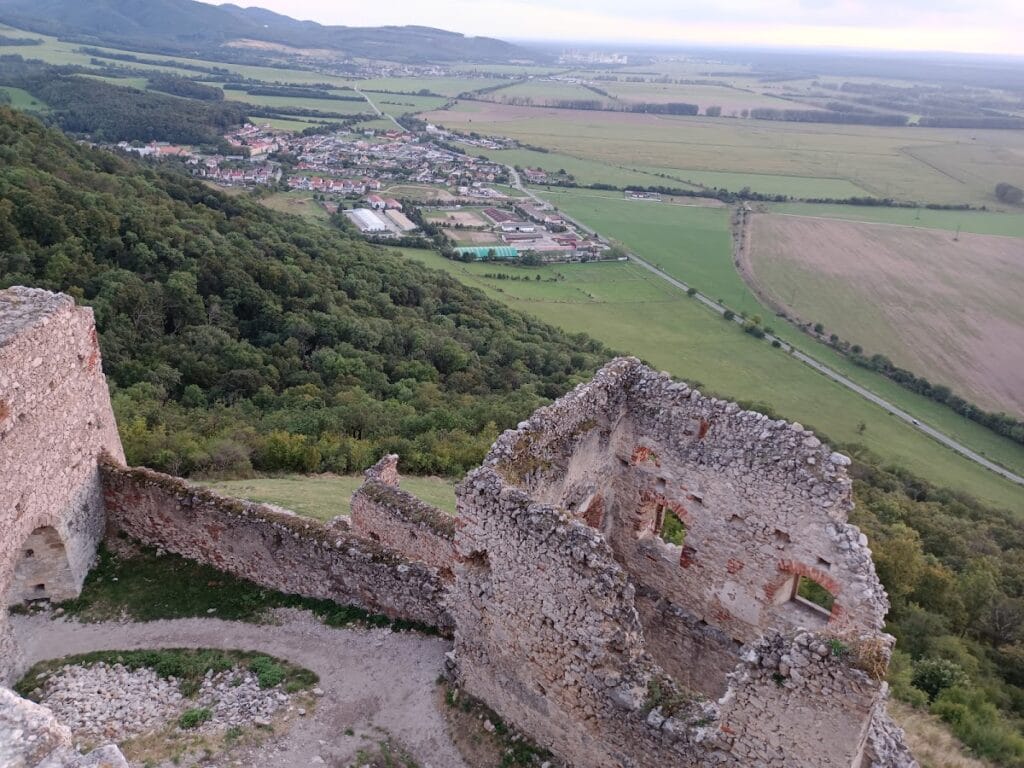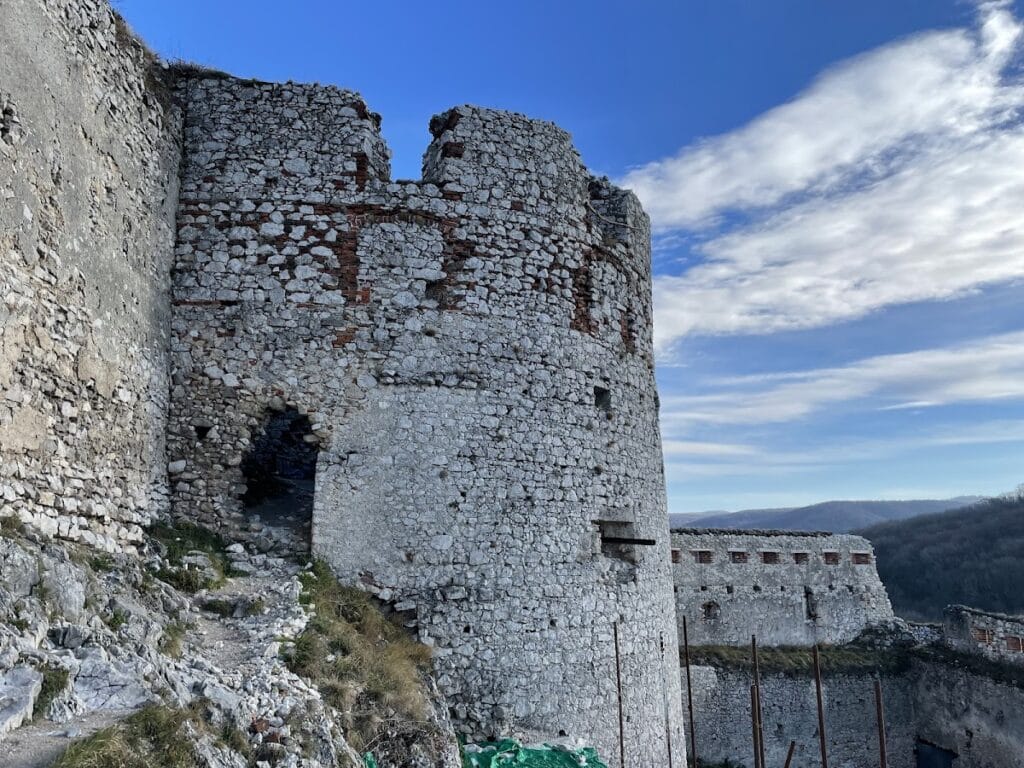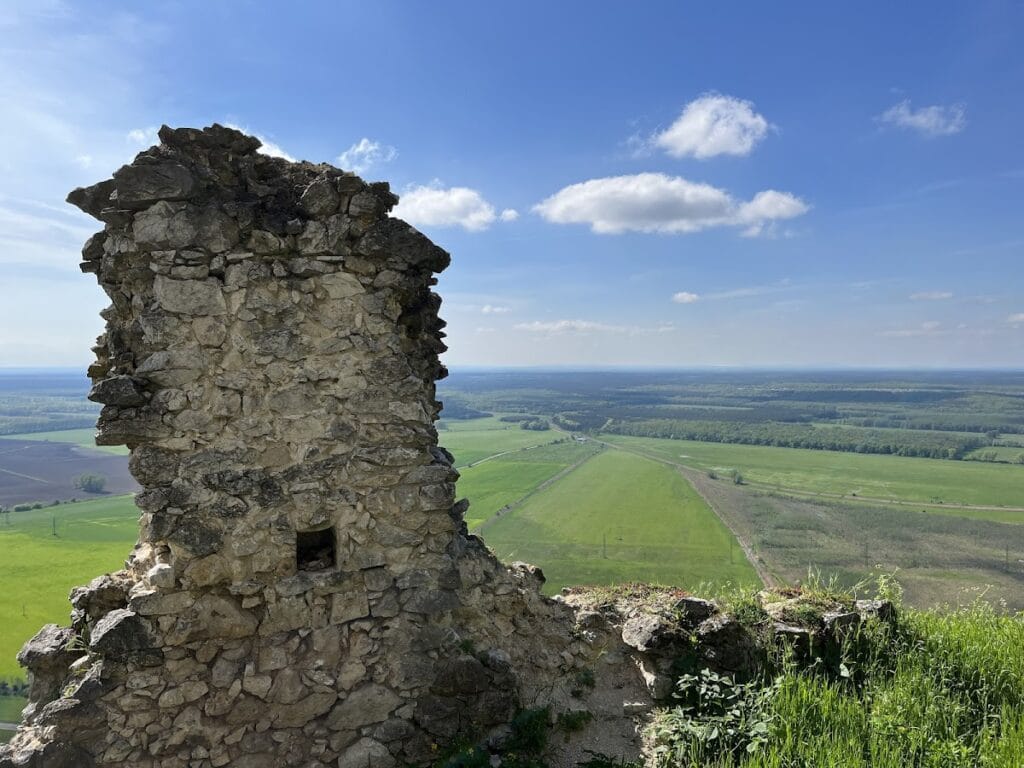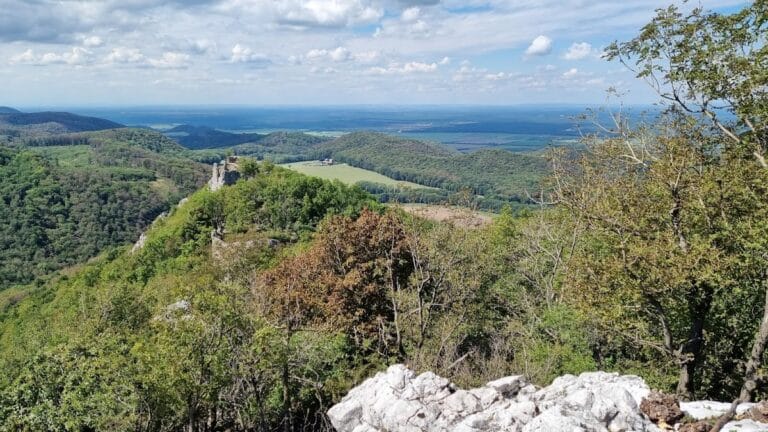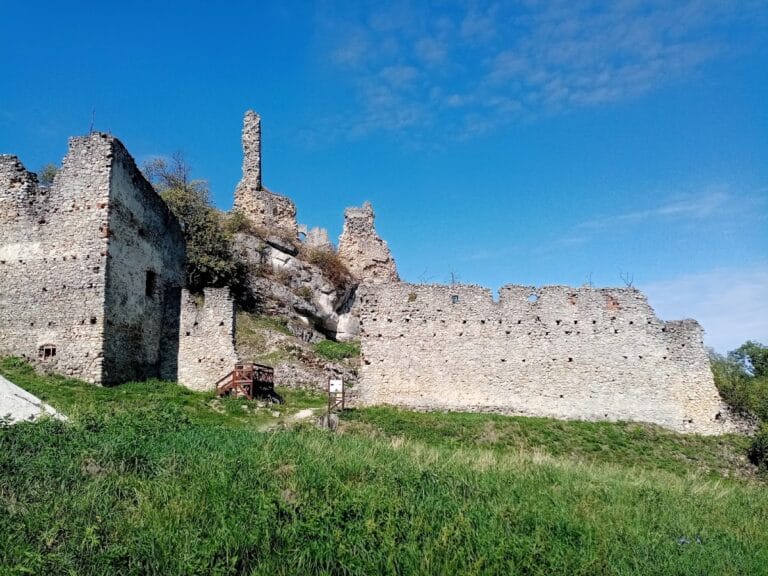Plavecký hrad: A Medieval Castle Ruin in Slovakia
Visitor Information
Google Rating: 4.7
Popularity: Medium
Google Maps: View on Google Maps
Official Website: www.plaveckepodhradie.sk
Country: Slovakia
Civilization: Medieval European
Remains: Military
History
Plavecký hrad, a medieval castle ruin, stands above the village of Plavecké Podhradie in present-day Slovakia. It was constructed by the Kingdom of Hungary during the mid-13th century as a royal border stronghold.
The castle’s founding dates to around 1256–1273, linked closely to the reign of King Béla IV of Hungary. His government initiated the building of fortifications following the devastating Mongol invasion of 1241–1242. Plavecký hrad was positioned strategically to defend the western border of the Kingdom of Hungary against the adjacent Kingdom of Bohemia. Its location allowed it to coordinate with nearby castles Branč, Ostrý Kameň, and Korlátka through signal communication, serving as an important watchpoint.
The first written record of the castle appears in 1273 during a battle under its walls involving forces loyal to Hungary and troops of Přemysl Otakar II, King of Bohemia. The original builder is identified as Detrich, son of Kunt, who was Bratislava’s mayor. Over the ensuing centuries, the fortress passed through several noble families. In 1398 it came under the ownership of Stibor of Stiborice, a notable figure of the era. Later it was held by the counts of Svätý Jur and Pezinok, followed by the Serédy family.
In the mid-16th century, the prosperous Fugger family acquired the castle and undertook improvements, including construction of a major bastion to protect the approach to the hill on which the castle rests. Ownership changed again when the Balaš family took control, and during their tenure from 1579 to 1584, the castle housed one of Slovakia’s earliest printing presses. This press produced Protestant religious works by Peter Bornemis, reflecting the Reformation’s influence in the region.
Renovations in the late 16th century transformed the castle with Renaissance architectural features and expanded lower courtyards. In the 17th century, artillery bastions were added to adapt to new military challenges. The castle’s strategic value endured until the anti-Habsburg uprising of 1706, when imperial forces captured it during the rebellion led by Francis II Rákóczi. The damage from this conflict marked the beginning of its decline. Subsequently, the Pálffy family, who had acquired the castle in 1641 and held it until the 20th century, abandoned Plavecký hrad and relocated their residence to a manor in the nearby village. Gradually, the castle fell into ruin, where it remains today with ongoing efforts to preserve its remains.
Over time, the site has been known by several names including Detrekov kameň, Plosenstein, and Detrekövár, reflecting changes in languages and rulers who controlled the region.
Remains
Plavecký hrad occupies the western foothills of Pohanská hill within a national nature reserve, overlooking the village below. Its original layout was typical of a hilltop Gothic fortress, designed for both defense and communication with neighboring castles through signal stations.
The structure includes remnants of lower courtyards added during a Renaissance rebuilding phase in the late 1500s. These expansions reflect a shift towards accommodating artillery and new military strategies. The castle walls and bastions were reinforced using stone masonry techniques common in the medieval period, with the Fugger family notably constructing a large bastion to secure the steep access route on the hill.
Artillery bastions dating from the 16th and 17th centuries remain visible, demonstrating adaptations made to the fortress as cannon warfare became widespread. These bastions formed a key element of the castle’s defensive improvements, designed to allow early use of firearms and artillery in its fortifications.
Today, the ruins stand fragmentary but stabilized thanks to conservation efforts. The original hilltop position, commanding views and line-of-sight connections with Branč, Ostrý Kameň, and Korlátka castles, remains evident in the terrain. Nearby features add to the site’s archaeological richness: the ancient Pohanská hillfort is found on the same hill, offering insight into earlier defensive settlements; Plavecká cave lies on the northern slope, and to the south, evidence survives of a once-existent monastery.
Marked hiking trails provide access from Plavecké Podhradie and Plavecký Mikuláš, allowing exploration of the extensive ruins and their dramatic natural setting. The surviving stonework speaks to centuries of military and architectural evolution tied to this borderland fortress.


